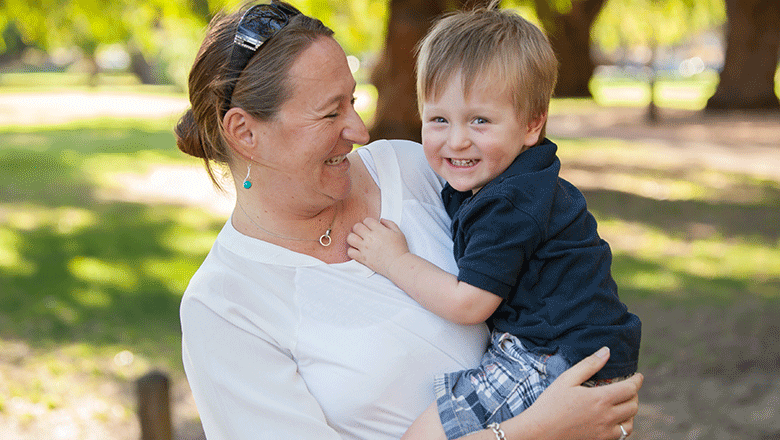Search
Research
Evaluating the effectiveness of the Play Active policy intervention and implementation support in early childhood education and care: a pragmatic cluster randomised trial protocolDaily physical activity is critical during the early years of life for facilitating children's health and development. A large proportion of preschool children do not achieve the recommended 3 h of daily physical activity. Early childhood education and care (ECEC) services are a key setting to intervene to increase physical activity. There is a significant need for ECEC specific physical activity policy, including clearer guidelines on the amount of physical activity children should do during care, and strategies for implementation of these guidelines.
Research
Meeting the Australian 24-Hour Movement Guidelines for the Early Years is associated with better social-emotional development in preschool boys24-hour Movement Guidelines for the Early Years promote that achieving all three-movement behaviour (sleep, sedentary behaviour and physical activity) recommendations is important for child health and development. We examined the association between meeting all, none and combinations of the Australian 24-Hour Movement Guidelines for the Early Years and social-emotional development in 1363 preschool (2-5 years) boys (52%) and girls.
Research
An Overview of Early Childhood Health and Education Service Provision in AustraliaThe impact of children’s experiences through their first 2,000 days of life – from conception to the start of full-time schooling – are widely acknowledged.
Research
Review of trends in disabilities, mental health disorders and complex needs among children and adolescentsThe aim of the project was to provide the South Australian Department for Education with a synthesis of high-quality evidence on the population prevalence of various disabilities among school-aged children.
Research
Development of Resources for Schools – Responding to and Planning for Children with Complex and Challenging BehavioursYasmin Harman-Smith BA, BHlthSc(Hons), PhD Head, Early Years Systems Evidence; Head, Tenders Support Unit Yasmin.harman-smith@thekids.org.au Head,
Research
Evaluation of the Strong Start Pilot ProgramYasmin Harman-Smith BA, BHlthSc(Hons), PhD Head, Early Years Systems Evidence; Head, Tenders Support Unit Yasmin.harman-smith@thekids.org.au Head,
Research
Pacific Early Age Readiness and Learning (PEARL) Programme in TongaThe (PEARL) Programme, implemented by the World Bank, aims to support Pacific Island Countries in building capacity to design, implement, and monitor evidence-based policies and programs for primary schools.

News & Events
Australian Early Development Census National ConferenceThe Australian Early Development Census National Conference 2015 will be held from 18-20 February 2015.
News & Events
Child and Family Centres providing important support for parentsTasmania's Child and Family Centres are having a positive impact on parent's use and experiences of services and supports for young children

News & Events
Key study unveils significant link between hospital admissions and kids with ADHDNew research from The Kids Research Institute Australia has revealed a significant link between kids with severe ADHD and higher rates of early childhood hospital admissions.
